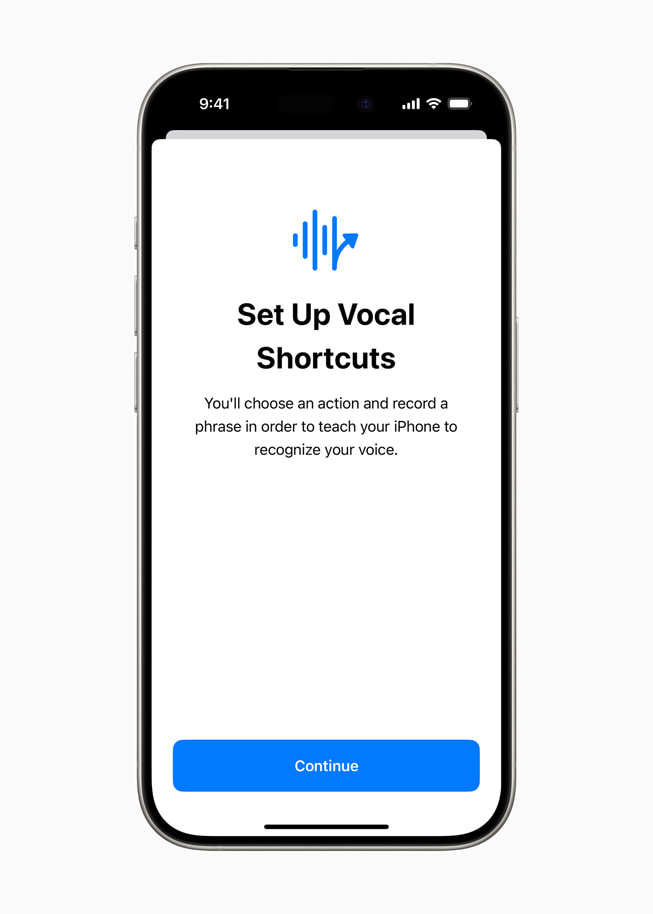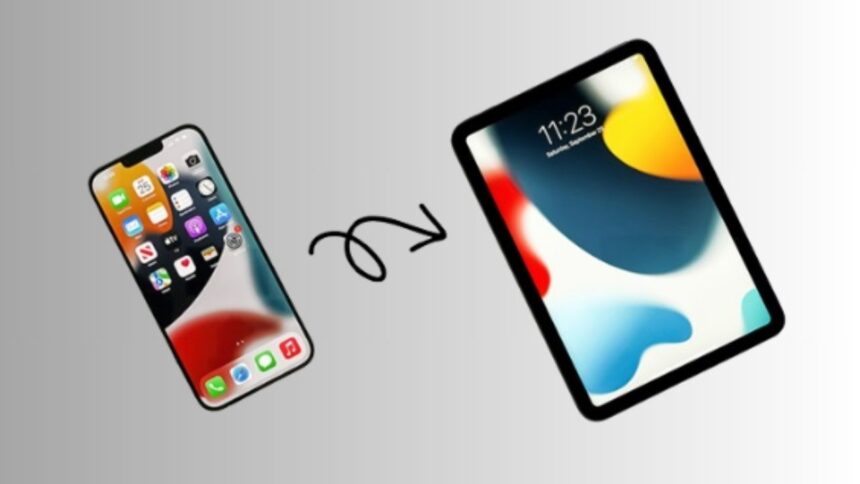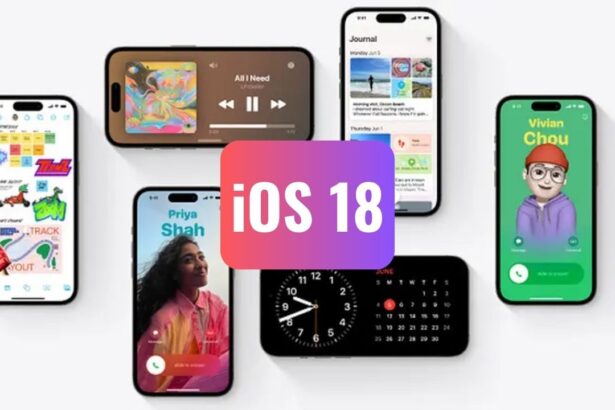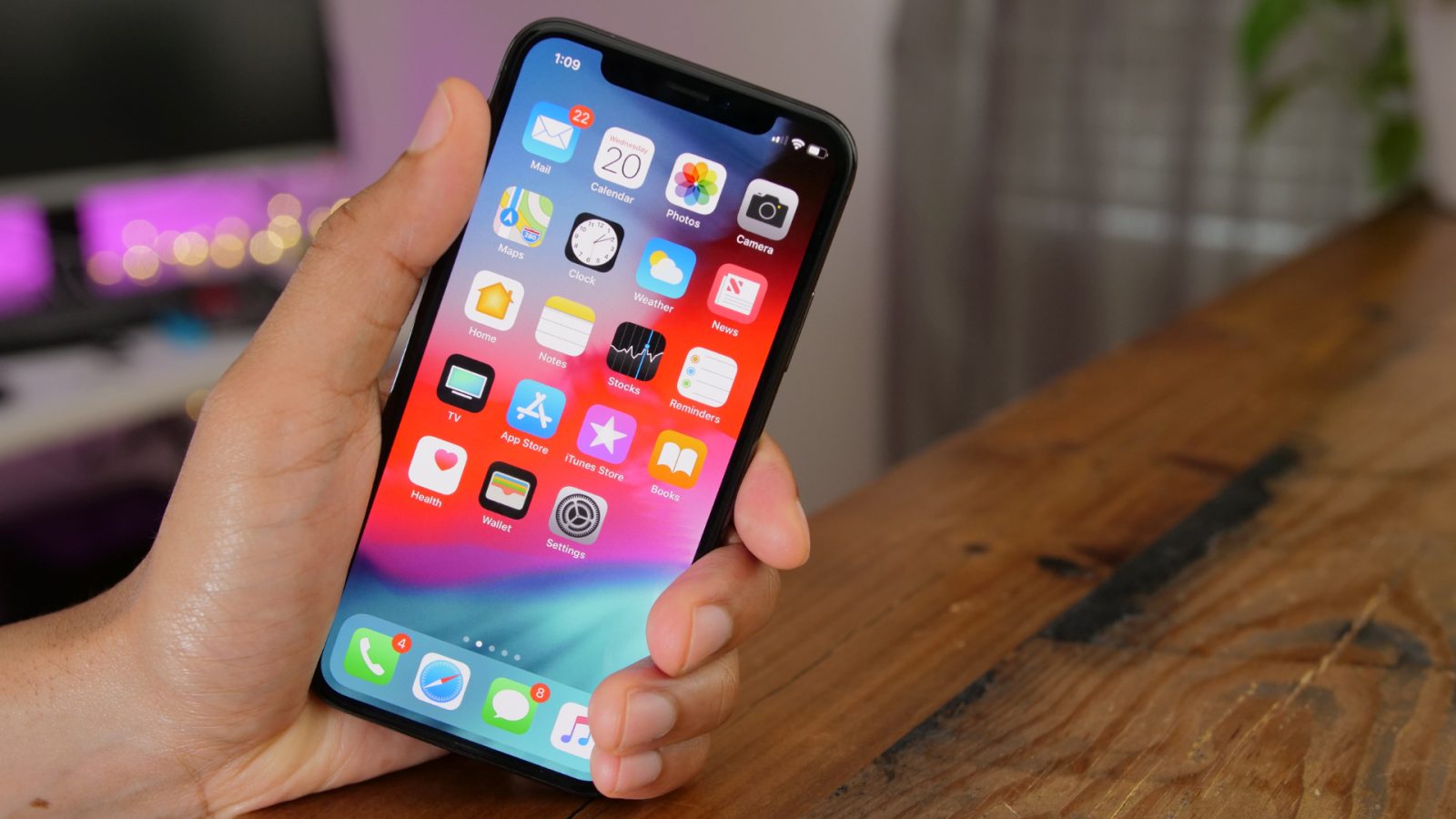- Apple introduces eye tracking, allowing users to control iPhones and iPads with their eyes for a hands-free experience.
- Music Haptics creates a multi-sensory music experience with adaptive vibrations, initially available on Apple Music.
- Vehicle Motion Cues help alleviate motion sickness, while CarPlay adds Voice Control and accessibility features for a more inclusive user experience.
Apple revealed new accessibility features for the iPhone and iPad, which should come with iOS 18 and iPadOS 18, or later. These creative updates are driven to bring about a world where people regardless of their abilities can use their devices easily.
Apple Unveils New Accessibility Features: Control iPads Using Eye Tracking Feature
The most game-changing feature is eye tracking. This feature makes it possible for users to operate their iPhones and iPads not with their hands but with their eyes. Visualize trucking apps, selecting controls, and even typing through eye movements.
This advancement is most useful to people with disabilities but is also a convenient alternative for any user who wants their hands free to do other tasks. Setting it up is straightforward: this is done in a short time with a front-facing camera which assures precision eye tracking.
This type of calibration data is local to the device due to the on-device machine learning, so there is no need for further accessories or separate hardware. Eye tracking interfaces exceptionally well with all apps, enabling the use of Dwell Control, which denotes maintaining focus on an object within a specific time.
Music Haptics Feature
Not only that, but Apple developed the Music Haptics feature, which is based on the Taptic Engine and designed to provide a multisensory music experience. The engine does ticks, textures, and vibrations that adapt in sequence to the track you’re listening to.
Although the device bears similarities with other products, it goes a step further by combining at first on Apple Music. Developers are also capable of adding the Haptics Music API to their music apps creating a chance for an endless stream of wonders. Apple introduces Vehicle Motion Cues for dealing with motion sickness symptoms caused by moving vehicle usage.
This function places animated dots on the edges of the screen that gradually move based on the car’s movement. Although the mechanism behind its functioning is yet to be unraveled, it serves as a hopeful alternative to those who encounter motion sickness when they are using iPhones or iPads en route.
Voice control lovers definitely will accept the fact that they can now navigate CarPlay as well as manage the apps only through voice commands. Thus, it highly improves security and comfort by reducing the frequency of interaction with the touchscreen while driving.

Additionally, CarPlay gains two new features aimed at creating a more inclusive experience: Sound Recognition for deaf and hard-of-hearing users and Color Filters to compensate for color blindness.
The Sound Recognition feature made a timely alert of the sound of a car horn and siren, while the Color Filters optimized the display for different kinds of color blindness. These innovations show that Apple is dedicated to the cause of accessibility, surpassing the old norms of human-computer interaction.
Apple, with its applications, such as eye tracking, Music Haptics, and Vehicle Motion Cues, is enabling users to have a broader scope of possibilities to discover the world of their iPhones and iPads.










